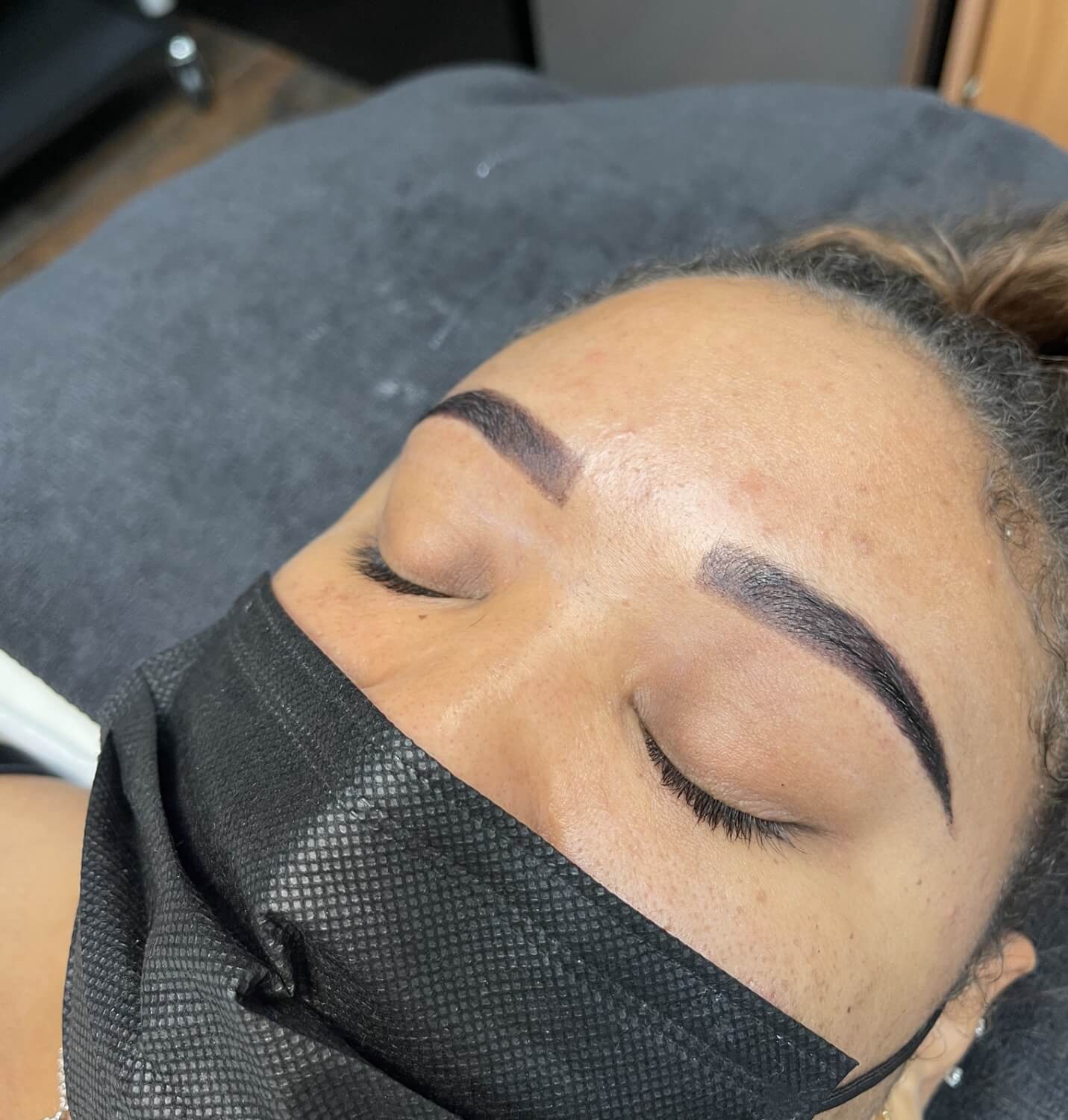Threading vs. Waxing: Understanding the Differences
Hair removal is an essential part of many grooming routines, and two of the most widely practiced methods are threading and waxing. While both techniques aim to achieve smooth, hair-free skin, they are vastly different in terms of application, suitability, and results. Whether you’re debating between threading your eyebrows or waxing your legs, this detailed guide will help you understand the differences between the two methods, their pros and cons, and which one might be better suited for your specific needs based on factors such as hair length, skin type, and sensitivity.
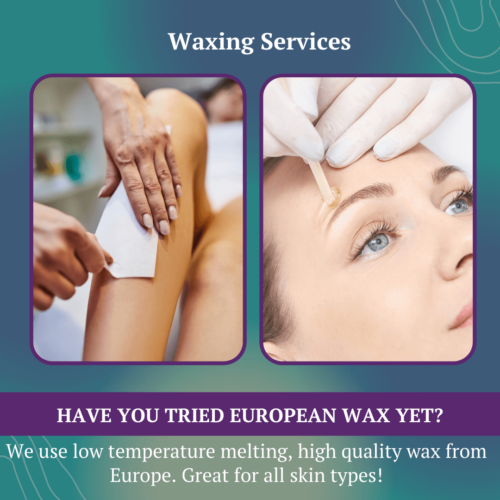
What Is Threading?
Threading is an ancient hair removal technique with roots in South Asia and the Middle East. Over centuries, it has become a preferred method for precisely shaping eyebrows and removing fine facial hair. The process involves using a thin, doubled cotton or polyester thread, which is twisted and rolled over the skin to catch and remove individual hairs at the follicle level. Threading is particularly known for its precision and ability to target even the finest hairs.
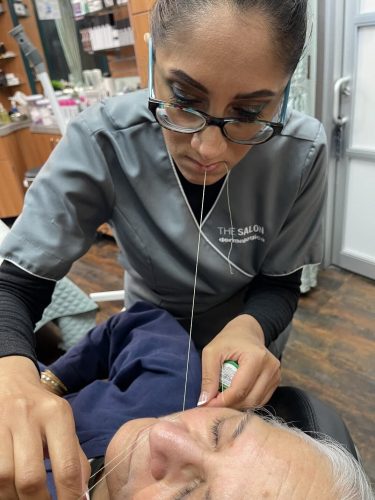
Unlike other hair removal techniques, threading does not involve chemicals, heat, or wax. The practitioner manipulates the thread with their hands or mouth (or sometimes uses a special tool) to control its movement, plucking hairs in straight lines or specific patterns. This makes it ideal for intricate tasks such as sculpting perfect eyebrows or removing hair in hard-to-reach areas like the upper lip.
Benefits of Threading
One of the most significant advantages of threading is its precision. For people who are particular about the shape of their eyebrows or need a method that can effectively remove short or fine facial hair, threading delivers excellent results. It’s also a gentler alternative to other methods for those with sensitive skin or skin conditions. Because threading only involves a thread and no chemicals, it minimizes the risk of allergic reactions, burns, or skin irritation, making it a safer choice for people prone to redness or sensitivity.
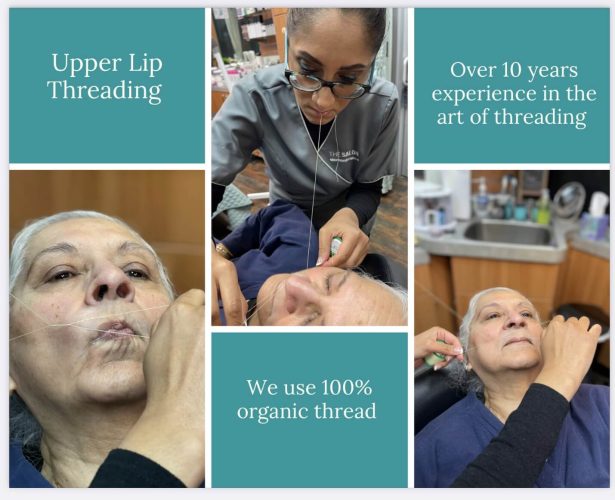
Another benefit of threading is that it doesn’t require any specific hair length. Unlike waxing, where the hair must be long enough for the wax to adhere, threading can remove hair as short as 1mm. This makes it a great option for individuals who want consistently clean and groomed brows without waiting for regrowth. Moreover, threading is quick. An experienced threader can shape and clean up both eyebrows in under 10 minutes, which is convenient for busy schedules.
Challenges of Threading
While threading offers many benefits, it is not without its drawbacks. The procedure can be uncomfortable, especially for first-time users or individuals with a low pain tolerance. This is because threading removes multiple hairs at once, which can create a sharp pulling sensation. However, the discomfort is usually brief and becomes more tolerable with repeated sessions as the skin adapts to the sensation.
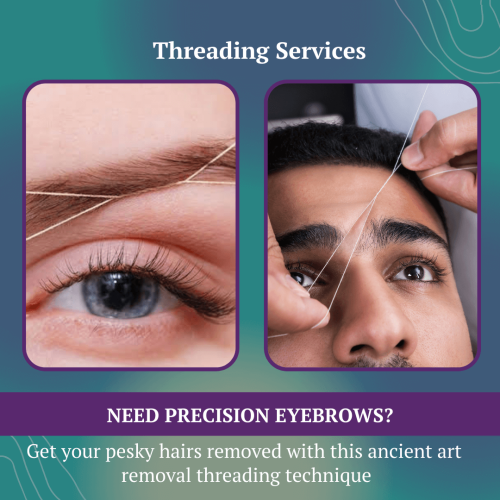
Another potential downside of threading is its reliance on the practitioner’s skill. The effectiveness and comfort of the process largely depend on the expertise of the threader. Poor technique can result in uneven hair removal or even skin abrasions. Additionally, threading is most effective for small areas, such as the face. For larger areas like the legs or back, threading is impractical and time-consuming compared to other methods like waxing.
What Is Waxing?
Waxing is a hair removal method that uses a sticky substance to adhere to the hair and pull it out from the root. It can be performed using either soft wax, which is removed with cloth strips, or hard wax, which hardens on the skin and is peeled off without strips. Waxing is highly versatile and can be used on almost any area of the body, including the face, legs, arms, bikini line, and underarms
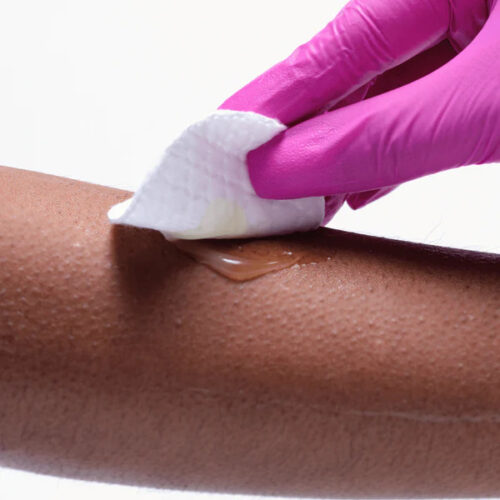
The process begins by applying warm wax to the skin in the direction of hair growth. Once the wax adheres to the hair, it is quickly pulled off in the opposite direction, removing the hair from the follicle. This technique removes a significant amount of hair in one go, making it an efficient choice for larger areas. Waxing also exfoliates the skin, as it removes dead skin cells along with the hair, leaving the treated area feeling smooth and refreshed.
Benefits of Waxing
One of the biggest advantages of waxing is its long-lasting results. Because the hair is removed from the root, it takes longer to grow back compared to shaving or depilatory creams. Most people can enjoy smooth, hair-free skin for 4–6 weeks after a waxing session. Additionally, waxing is highly effective for removing coarse or thick hair, making it an excellent choice for areas like the bikini line or underarms.
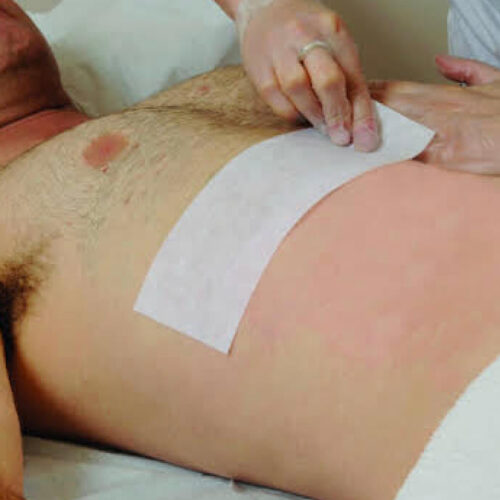
Waxing is also a time-efficient method for large areas. A professional can wax both legs or arms in under an hour, which is far quicker than other techniques like shaving or threading. The exfoliation benefits of waxing are another bonus. By removing dead skin cells along with the hair, waxing leaves the skin visibly brighter and softer, which is why many people prefer it for areas like the legs and arms.
Challenges of Waxing
Despite its benefits, waxing is not suitable for everyone. One of the primary concerns with waxing is the potential for skin irritation. The heat from the wax, combined with the pulling motion, can cause redness, bumps, or even burns if not performed correctly. Waxing is particularly challenging for individuals with sensitive skin, eczema, rosacea, or active acne, as it can exacerbate these conditions.
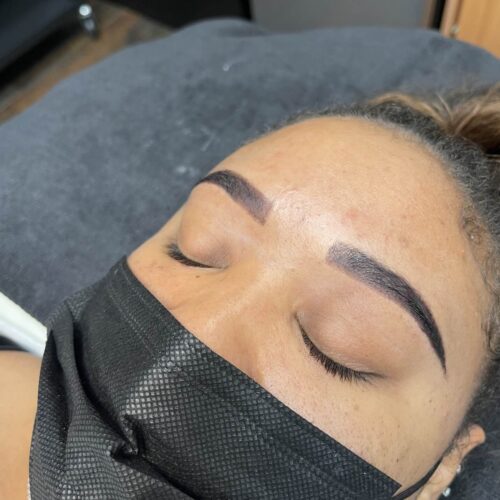
Another limitation of waxing is the hair length requirement. For waxing to be effective, the hair must be at least ¼ inch long, which can be inconvenient for people who prefer a consistently hair-free appearance. Waxing can also be painful, especially for first-timers or for sensitive areas like the bikini line. The discomfort is caused by the large number of hairs being pulled out at once, although this usually becomes more tolerable with regular waxing sessions. Finally, waxing carries a risk of ingrown hairs if the proper aftercare is not followed, as the pulling motion can sometimes cause hair to grow back at an angle.
Key Differences Between Threading and Waxing
| Feature | Threading | Waxing |
|---|---|---|
| Best for Areas | Eyebrows, upper lip, chin, face | Legs, arms, underarms, bikini, face |
| Hair Length | No length requirement | Requires at least ¼ inch of growth |
| Skin Sensitivity | Gentle, no chemicals or heat | Can irritate sensitive skin |
| Precision | Highly precise for small areas | Less precise, better for larger areas |
| Pain Level | Mild to moderate | Moderate to high |
| Cost | Typically less expensive per session | Can be pricier for large areas |
Side Effects of Waxing and Threading
Waxing
Waxing can lead to some common side effects such as redness and irritation. Some people may notice temporary bumps or mild swelling. As the hair begins to grow back, ingrown hairs might appear in the treated areas. In rare cases, allergic reactions to the wax can occur.
Threading
For threading, temporary redness and irritation are the most frequent side effects. Although uncommon, bacterial inflammation of hair follicles could develop in the treated area. However, this is usually rare when proper hygiene practices are followed.
Aftercare Tips for Waxing and Threading
Proper aftercare can help soothe your skin and manage any side effects after waxing or threading:
After Threading
- It’s normal to experience some redness or minor irritation for up to 48 hours after threading.
- Avoid touching the treated area or applying makeup to allow the skin to heal.
After Waxing
- Waxing may cause redness, small bumps, and slight soreness for 24–48 hours.
- Opt for loose, breathable cotton clothing to reduce discomfort.
- Refrain from using deodorant, perfumes, or alcohol-based products for at least 24 hours.
- To avoid dark spots, apply sunscreen on the waxed area on the first day.
By following these simple aftercare tips, you can minimise discomfort and help your skin recover smoothly.
Threading vs. Waxing: Which Is Better for You?
When deciding between threading and waxing, it’s essential to consider your specific needs, preferences, and skin conditions. For individuals with sensitive skin or a need for precision, threading is often the better choice. Its chemical-free and heat-free process minimizes the risk of irritation, and it excels at removing even the finest hairs, making it perfect for the face and eyebrows.
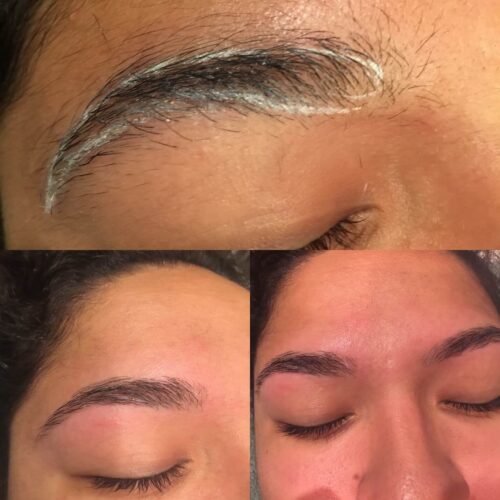
For individuals on Accutane, threading is highly recommended as a safer hair removal method compared to waxing. Accutane, a powerful medication for severe acne, can make the skin more sensitive, thin, and prone to irritation or tearing. The heat and pulling motion of waxing can cause severe damage to compromised skin, including burns, skin lifting, or even scarring. Threading, on the other hand, is gentler and does not involve chemicals or heat, making it a more suitable option for those undergoing Accutane treatment. By carefully removing hair with minimal contact to the skin, threading provides effective results without risking irritation or injury, making it the preferred choice for clients with delicate or medicated skin.
On the other hand, waxing is ideal for larger areas or individuals with coarse hair. The long-lasting results and exfoliation benefits make it a popular choice for body hair removal, such as the legs, arms, and bikini line. However, it may not be suitable for people with sensitive skin or those who are unable to tolerate the pain associated with the process.
FAQs: Threading vs. Waxing
1. Which method is more painful: threading or waxing?
Pain tolerance varies, but waxing is often considered more painful due to the larger areas of hair being removed at once. Threading involves smaller areas and less skin pulling, making it slightly more tolerable for sensitive individuals.
2. Can I use threading or waxing on acne-prone skin?
Threading is safer for acne-prone skin as it does not involve heat or chemicals. Waxing can irritate acne or cause further breakouts, so it’s best avoided on active acne areas.
3. How long do the results last for threading and waxing?
Threading results typically last 2–4 weeks, while waxing can keep skin smooth for 4–6 weeks, depending on your hair growth cycle.
4. Is threading or waxing better for facial hair?
Threading is generally better for facial hair due to its precision and gentleness on sensitive facial skin. Waxing can be used for larger areas like the upper lip but may cause irritation.
5. What’s the best method for people with sensitive skin?
Threading is often the better option for sensitive skin as it avoids heat and chemicals, reducing the likelihood of irritation.
6. Can I combine both methods?
Yes, many people combine threading and waxing based on their needs. For example, threading can be used for precise eyebrow shaping, while waxing is great for legs and underarms.
Final Thoughts: Threading or Waxing?
Both threading and waxing are effective hair removal methods with distinct advantages. Your choice ultimately depends on your specific needs, preferences, and skin conditions. If you’re seeking precision for facial hair and have sensitive skin, threading is an excellent option. For larger areas or long-lasting results, waxing is the better choice.
Ready to try threading or waxing? Visit Anita’s Skincare Clinic in Katy, Texas, where we offer professional, personalized hair removal services tailored to your needs. Book your appointment today to achieve smooth, flawless skin!

